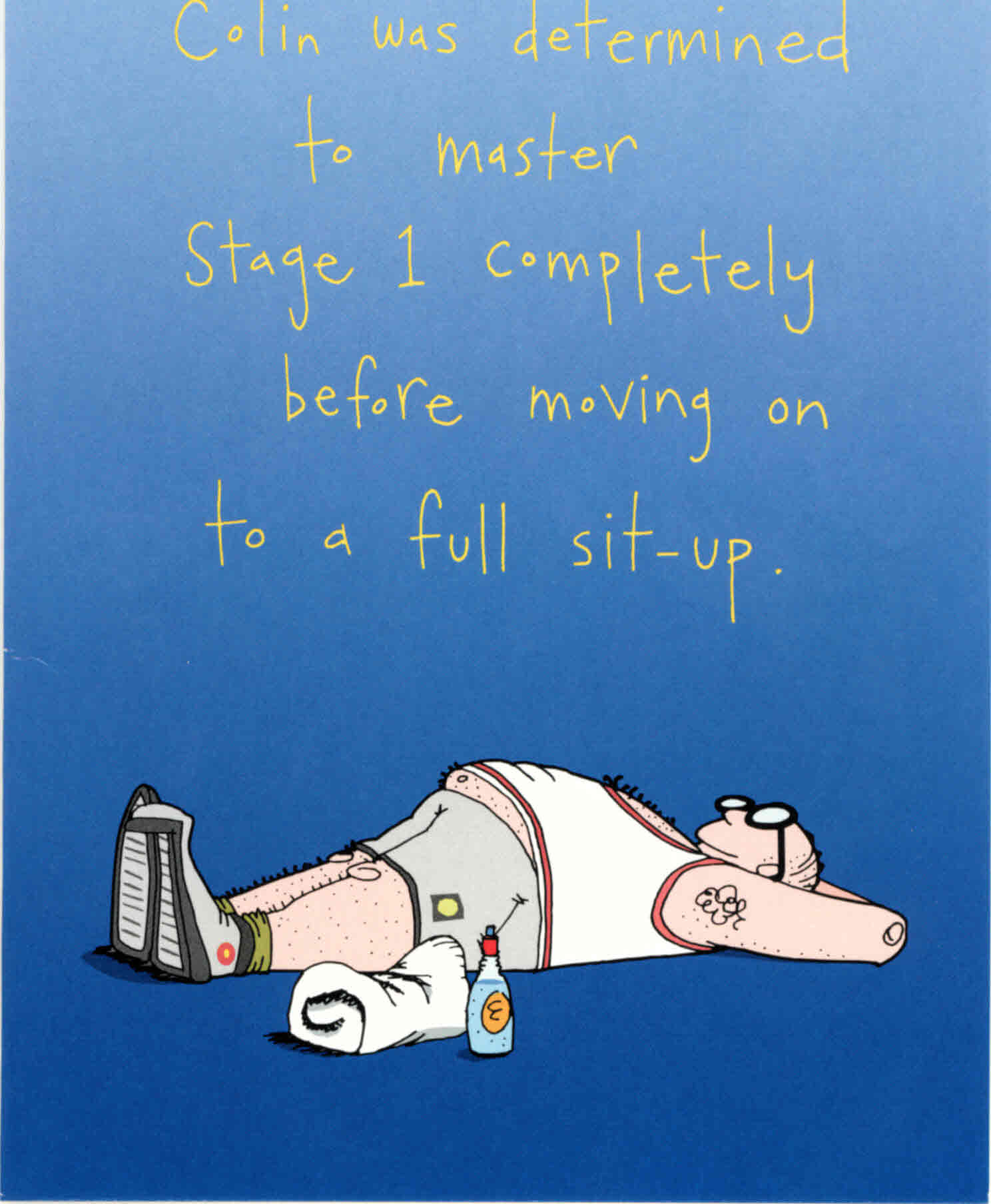For those of you who like to exercise and want to know more about the best way to maximise your efforts...and for those of you who don't like to exercise and need to choose wisely here are my top five exercises and why they are so special
1) Squatting:
Research on exercise physiology have shown that total work effort is more significant than power in the release of human growth hormone (HGH) and testosterones, two significant markers of age involved in the preservation of muscle mass, bone density and metabolic rate. Practicaly this means that the more muscles are involved in performing an exercise the more effort it requires and the biggest the increase in blood HGH and testosterones. Furthermore blood tests show that the resulting elevated HGH continues for another two hours after exercising in this way. This was confirmed by a study comparing the effect of repeatted barbell squatting done with medium weight until fatigued and squatting performed with a very heavy weight and done only once or twice (the sort of exercise done in muscle building and power lifting).
Squatting is one of those exercises that not only requires (leg) muscles to be performed but also brings in a lot of stabilising back, hips and core muscles making it a high effort high efficiency exercise relative to the amount of time spent on it. It is a functional movement which mimics sitting and getting out of a chair. In fact most people don't have the strength to get up from sitting without swinging their body for momentum or holding on to something to propel themselves up. Regular squatting with or without weight will improve your ability to get up from a chair elegantly, with minimal strain on your joints and ensure that you continue to do so all of your life.
There are obviously a few rules to apply to squatting in particular alignment of the knees and hips so that you do not strain your knees or hurt your back. Keep your knees above your toes and do not bend them more than 90 degres; avoid leaning forward and think about sticking your bum out instead. I recommend that you start your squat training without weight or with only medium size dunbells in each hands. Limit the depth of your squat by placing a chair behind you and squat to almost sitting before standing up again. Perform your squat as slowly as possible taking at least five seconds to go down and two seconds to go up. Once you have mastered basic alignment and positioning, it is important to keep on challenging your adaptation mechanisms by regularly varying speed and weight. For instance you can go down very slowly and jump slightly as you stand up; you can also take up to 10 seconds to go down and 5 to come back up or change weight and number of repetition. For instance perform 20 squats with a light weight, immediately going on to 10 squats with a much heavier weight and finish with 15 squats with a medium weight.
2) Walking lunges:
Walking lunges have similar benefits to squatting in terms of high effort, weight bearing, joint and bone strengthening. They are equally functional and use a similar action to walking up stairs. Because you are shiftting body weight from one leg to the other walking lunges challenge all of the stabilisers and are the best to build dynamic core stability and balance (i.e. while moving). They are far more effective than static planks for instance and more useful for preventing falls whatever your age.
3) Pull-ups:
Pull-ups are the equivalent of squats but for upper body strength. Almost all of your muscles are engaged either as prime movers or as stabilisers. They require a lot of effort relative to time so are ideal metabolicaly. Not everyone can do a pull up however depending on body weight and arm length. You can use your legs to jump or push from a chair and start by lowering your body very slowly if you can't pull un-assisted. This will gradually build up your upper body strength including those most important upper back muscles which when strong stop you from leaning forward and rounding your shoulders: the antidote to working at the computer.
4) Rowing:
Rowing is a cardio exercise usually ignored by gym goers, yet compared with other cardio machines, rowing is the only action that uses the whole body. This makes rowing challenging and tiring but metabolically far more interesting than any other cardio exercise like running or cycling. Even the cross trainers don't challenge core and upper body as much as rowing. What rowing does so well is to get you into the high intensity cardio zone very quickly. Research show that you only have to stay there between 15 and 30 seconds (depending on fitness) to get a host of metabolic benefits in particular increased insulin sensitivity (protecting you from developping diabetes), increased fat burning, increased metabolic rate and decreased waist-line. This form of exercise has been shown to be the best if you are trying to loose weight and improve your blood sugar balance thus reducing cardio-vascular risks and chronic inflammation. Three times a week go on the rowing machine and warm up gently for 4 minutes then go flat out for 20 seconds, slow right down again for 90 seconds and repeat the 20 seconds flat out effort until you have repeated the whole 20/90 cycle eight times. This will shorten your workout routine and significantly improve your overall fitness.
5) Walking bare foot on damp grass or sand:



